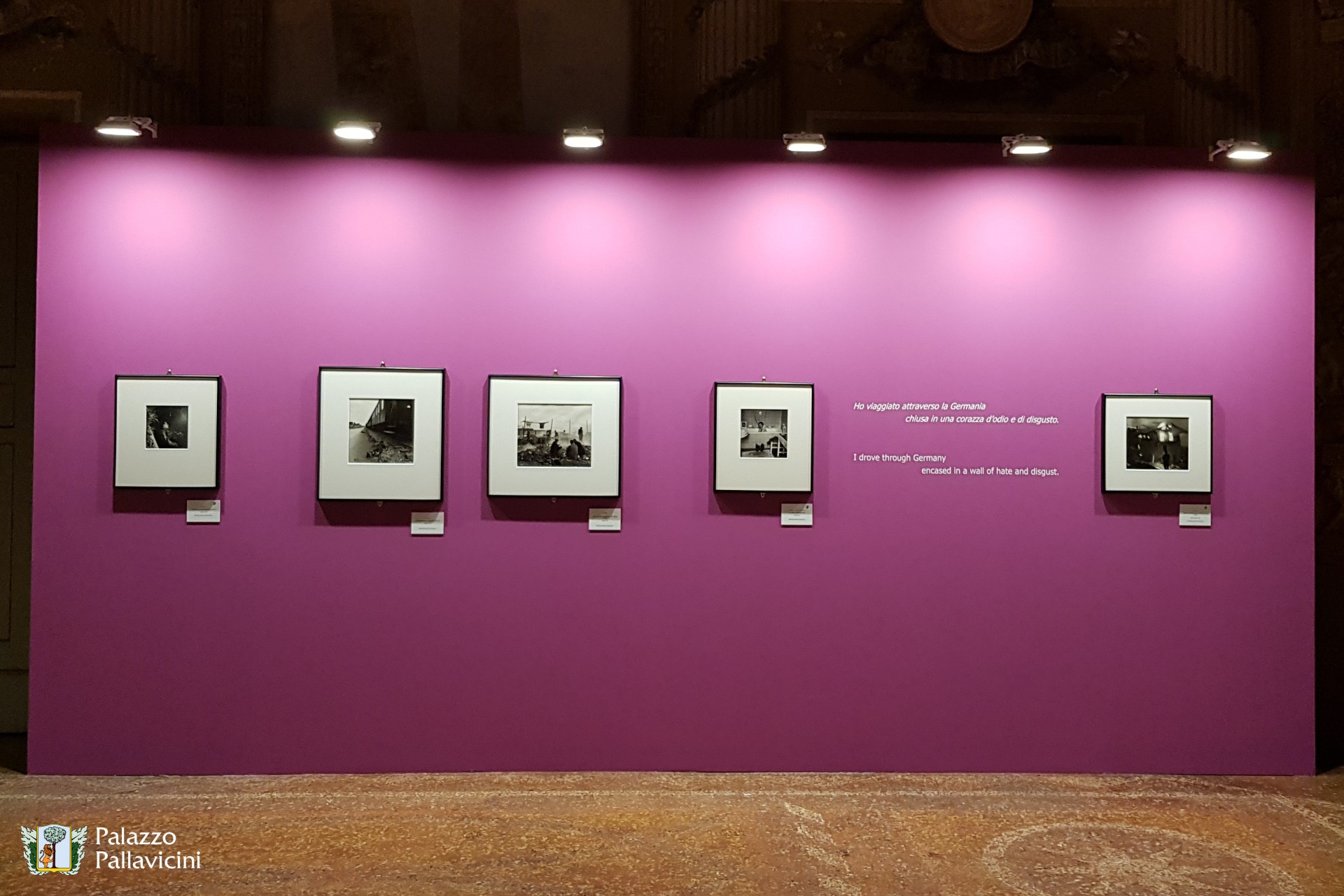Palazzo Pallavicini and ONO Arte Contemporanea are pleased to present the exhibition “SURREALIST LEE MILLER”, the first Italian retrospective dedicated to one of the most significant photographers of the 20th century.
Launched by Condé Nast on the cover of Vogue in 1927, LEE MILLER quickly became one of the most sought-after models for fashion magazines. Many photographers, including Edward Steichen, George Hoyningen-Huene, and Arnold Genthe, captured her image in numerous photo shoots. Approximately two years later, Miller decided to step behind the camera herself. A determined and enterprising woman, she was deeply influenced by the work of the era’s most important photographer, Man Ray, whom she met and became both a model and muse for. More importantly, she established a lasting artistic and professional partnership with him, leading to the development of the solarization technique.
A friend of Picasso, Ernst, Cocteau, Miró, and the entire circle of surrealists, Miller opened her first studio in Paris, becoming well-known as a portrait and fashion photographer. However, the most significant body of work from this period is undoubtedly her surrealist images, many of which were mistakenly attributed to Man Ray. This collection includes the famous “Nude Bent Forward,” “Condom,” and “Tanja Ramm Under a Bell Jar,” which are featured in the exhibition, alongside other notable works that fully demonstrate Miller’s artistic journey—both independently and with technical maturity and conceptual sophistication.
After this formative period, in 1932, Miller returned to New York to open a new photography studio. Despite its success, she closed it two years later when she moved to Cairo to join her husband, the wealthy Egyptian businessman Aziz Eloui Bey. She embarked on long desert journeys, photographing villages and ruins, and began engaging in reportage photography—a genre she continued to pursue in the following years while traveling through Southern and Eastern Europe with Roland Penrose, the surrealist artist who would become her second husband.
Just before the outbreak of World War II, in 1939, she left Egypt for London. Ignoring orders from the American embassy to return home, she began working as a freelance photographer for Vogue, documenting the relentless bombings of London. Her most significant contribution came in 1944 when she served as an accredited war correspondent with the American troops and collaborated with photographer David E. Scherman for Life and Time magazines.
She was the only female photographer to follow the Allies on D-Day, documenting front-line activities and the liberation. Her photographs vividly and unflinchingly capture the siege of St. Malo, the Liberation of Paris, the battles in Luxembourg and Alsace, and the liberation of the Dachau and Buchenwald concentration camps. It was during these intense days that the discovery of Hitler’s apartments in Munich occurred, and it was there that she took what is perhaps her most famous photograph: the self-portrait in the Führer’s bathtub.
After the war, Lee Miller continued to photograph for Vogue for another two years, focusing on fashion and celebrities. However, post-traumatic stress from her wartime experiences led to her gradual withdrawal from the art scene, although her contributions to the biographies written by Penrose on Picasso, Miró, Man Ray, and Tàpies were essential, both in terms of photographic content and anecdotes.
The exhibition (March 14 – June 9, 2019), organized by Palazzo Pallavicini and curated by ONO Arte Contemporanea, features 101 photographs tracing the entire artistic career of the photographer. It includes some of her most famous and iconic images, including the session shot in Hitler’s apartments, which have been rarely exhibited even internationally and have never been publicly distributed due to their misuse by neo-Nazi groups over the years.





